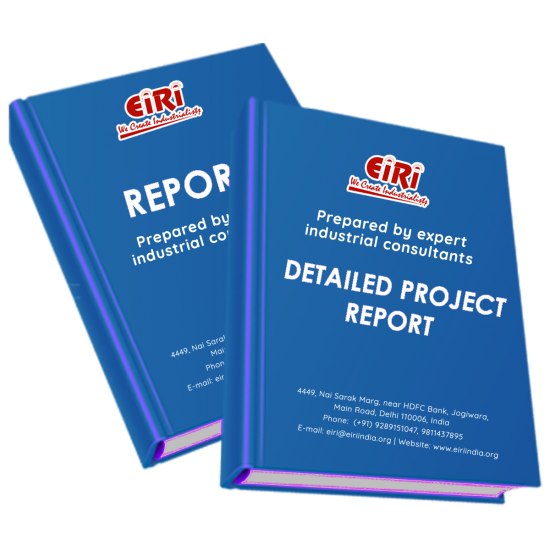Description
INTRODUCTION
(A) LOW E GLASS:
(B) SOLAR CONTROL GLASS:
(C) SOLAR CONTROL – LOW E GLASS:
FACTORS TO BE CONSIDERED IN GLASS SELECTION:
WHY HIGH PERFORMANCE GLASS?
WHAT IS HIGH PERFORMANCE GLAZING?
TYPES OF GLAZING OR GLASS:
HEAT-ABSORBING TINTS:
LOW-EMISSIVITY (LOW-E) COATINGS:
SPECTRALLY SELECTIVE GLASS:
REFLECTIVE COATINGS:
INTEGRATED APPROACH IN SELECTION OF GLAZING:
PROPERTIES OF ARCHITITECTURAL GLASS
TRANSPARENCY:
STRENGTH:
WORKABILITY:
TRANSMITTANCE:
RECYCLABILITY OF GLASS:
PROS OF USING GLASS AS A BUILDING MATERIAL
CONS OF USING GLASS AS A BUILDING MATERIAL
USES AND APPLICATIONS OF HIGH-PERFORMANCE GLASS
1. BUILDING FAÇADE
2. SKYLIGHTS/ROOF WINDOWS
3. INTERNAL PARTITIONS
4. GLASS WINDOWS
5. IN SUMMATION
SPUTTERING PROCESS: USES
B.I.S. SPECIFICATION
PROCESS FLOW DIAGRAM
PRODUCTION PROCESS
THE PROCESSING IS CARRIED OUT AT DIFFERENT STAGES:
GLASS CUTTING
LAMINATED GLASS FABRICATION PROCESS
ASSEMBLING
TYPICAL PROPERTIES OF PVB
ASSEBLING OF AGU
PROCESS
COMPONENTS
GLASS LITES:
FRAME:
DESICCANT:
SEALANT:
FILLING:
SIZE & THICKNESS:
CHARACTERISTICS OF INSULATED GLASS UNITS:
APPLICATION/USES:
TESTING AND MEASUREMENT
1. FOR GLASS
(A) HEAT SOAK PROCESS
(B) FRAGMENTATION TEST
(C) SURFACE COMPRESSIVE STRESS
(D) THICKNESS AND FLATNESS
(E) BLEMISH INSPECTION
(F) BOIL TEST
(G)IMPACT TEST
(H) BENDING TEST
2. FOR SEALANT
(A) PRINT REVIEW
(B) ADHESION TEST
(C) COMPATIBILITY TEST
QUALITY ASSURANCE
1. FORGLASS
(A) HEAT STRENGTHENED GLASS
(B) TEMPERED GLASS
2. FOR GLASS ASSEMBLIES
(A) FOR QUALITY CONTROL OF LAMINATED GLASS
MARKET POSITION
COATED GLASS MARKET – KEY FINDINGS
COATED GLASS MARKET – KEY DRIVING FACTORS
COATED GLASS MARKET – KEY RESTRAINTS
ABOUT DUBAI INVESTMENTS:
ABOUT GLASS LLC:
PRINCIPLES OF PLANT LAYOUT
STORAGE LAYOUT:
EQUIPMENT LAYOUT:
SAFETY:
PLANT EXPANSION:
FLOOR SPACE:
UTILITIES SERVICING:
BUILDING:
MATERIAL-HANDLING EQUIPMENT:
RAILROADS AND ROADS:
MAJOR PROVISIONS IN ROAD PLANNING FOR MULTIPURPOSE SERVICE ARE:
PLANT LOCATION FACTORS
PRIMARY FACTORS
1. RAW-MATERIAL SUPPLY:
2. MARKETS:
3. POWER AND FUEL SUPPLY:
4. WATER SUPPLY:
5. CLIMATE:
SPECIFIC FACTORS
6. TRANSPORTATION:
A. AVAILABILITY OF VARIOUS SERVICES AND PROJECTED RATES
7. WASTE DISPOSAL:
8. LABOR:
9. REGULATORY LAWS:
10. TAXES:
11. SITE CHARACTERISTICS:
12. COMMUNITY FACTORS:
13. VULNERABILITY TO WARTIME ATTACK:
14. FLOOD AND FIRE CONTROL:
EXPLANATION OF TERMS USED IN THE PROJECT REPORT
1. DEPRECIATION:
2. FIXED ASSETS:
3. WORKING CAPITAL:
4. BREAK-EVEN POINT:
5. OTHER FIXED EXPENSES:
6. MARGIN MONEY:
7. TOTAL LOAD:
8. LAND AREA/MAN POWER RATIO:
PROJECT IMPLEMENTATION SCHEDULES
INTRODUCTION
PROJECT HANDLING
PROJECT SCHEDULING
PROJECT CONSTRUCTION SCHEDULE
TIME SCHEDULE
PLANT LAYOUT
SUPPLIERS OF HIGH PERFORMANCE GLASS
SUPPLIERS OF RAW MATERIALS
SUPPLIERS OF CLEAR, ULTRACLEAR AND HIGH PERFORMANE COATING GLASS SHEET
SUPPLIERS OF PVB SHEET
SUPPLIERS OF IGU ACESSORIES
SUPPLIERS OF PLANT AND MACHINERY (IMPORTED)
SUPPLIERS OF SURFACE GRINDING MACHINE
SUPPLIERS OF POLISHING MACHINE
SUPPLIERS OF GLASS DRILLING MACHINE
SUPPLIERS OF GLASS CUTTING MACHINES
SUPPLIERS OF LATHE MACHINE
SUPPLIERS OF DG SETS
SUPPLIERS OF EOT CRANES
SUPPLIERS OF POWER TRANSFORMERS
SUPPLIERS OF ELECTRICAL PANEL
SUPPLIERS OF COOLING TOWER
SUPPLIERS OF EFFULENT TREATMENT PLANT (ETP PLANT)
SUPPLIERS OF AIR POLLUTION CONTROL EQUIPMENTS
SUPPLIERS OF AIR CONDITIONING EQUIPMENTS
SUPPLIERS OF AIR COMPRESSORS
SUPPLIERS OF PLATFORM WEIGHING MACHINE
SUPPLIERS OF MATERIAL HANDLING EQUIPMENTS
SUPPLIERS OF FIRE FIGHTING EQUIPMENTS
SUPPLIERS OF SHOT BLASTING MACHINE
SUPPLIERS OF JIGS AND FIXTURE
SUPPLIERS OF SUBMERSIBLE WATER PUMP
APPENDIX – A:
01. PLANT ECONOMICS
02. LAND & BUILDING
03. PLANT AND MACHINERY
04. OTHER FIXED ASSESTS
05. FIXED CAPITAL
06. RAW MATERIAL
07. SALARY AND WAGES
08. UTILITIES AND OVERHEADS
09. TOTAL WORKING CAPITAL
10. TOTAL CAPITAL INVESTMENT
11. COST OF PRODUCTION
12. TURN OVER/ANNUM
13. BREAK EVEN POINT
14. RESOURCES FOR FINANCE
15. INSTALMENT PAYABLE IN 5 YEARS
16. DEPRECIATION CHART FOR 5 YEARS
17. PROFIT ANALYSIS FOR 5 YEARS
18. PROJECTED BALANCE SHEET FOR (5 YEARS)



